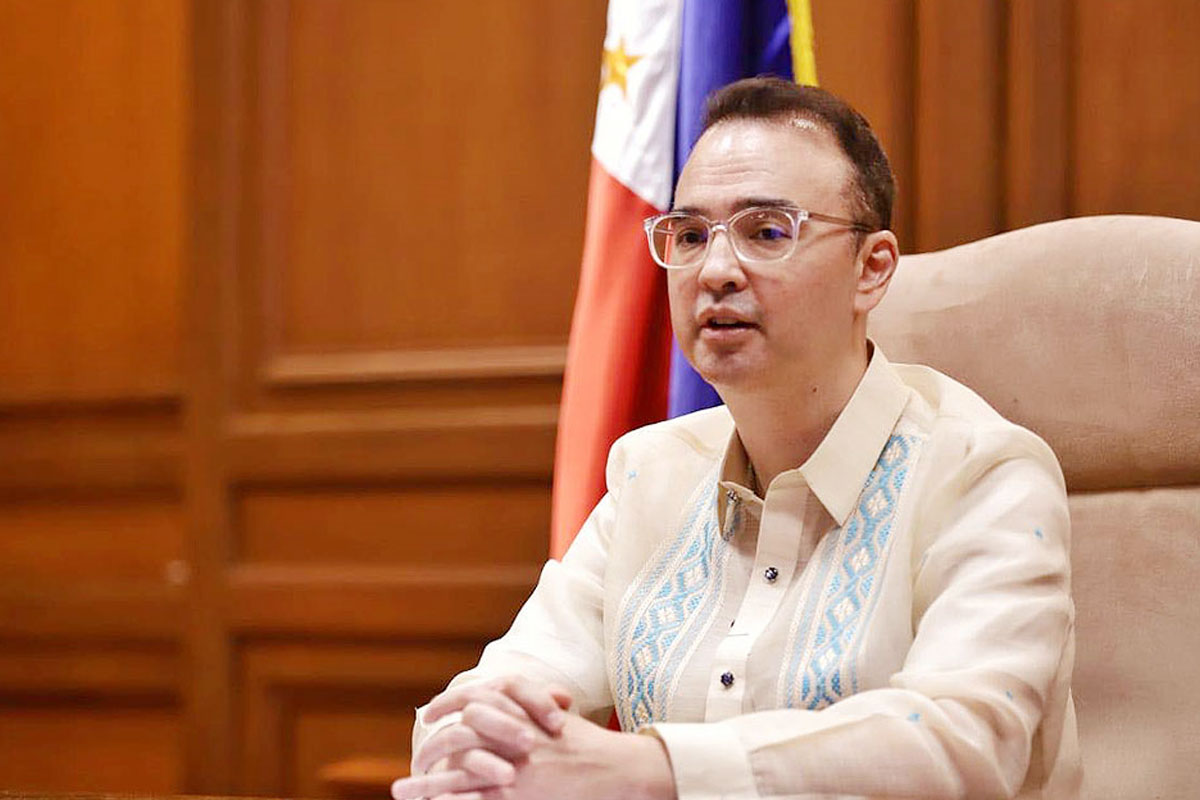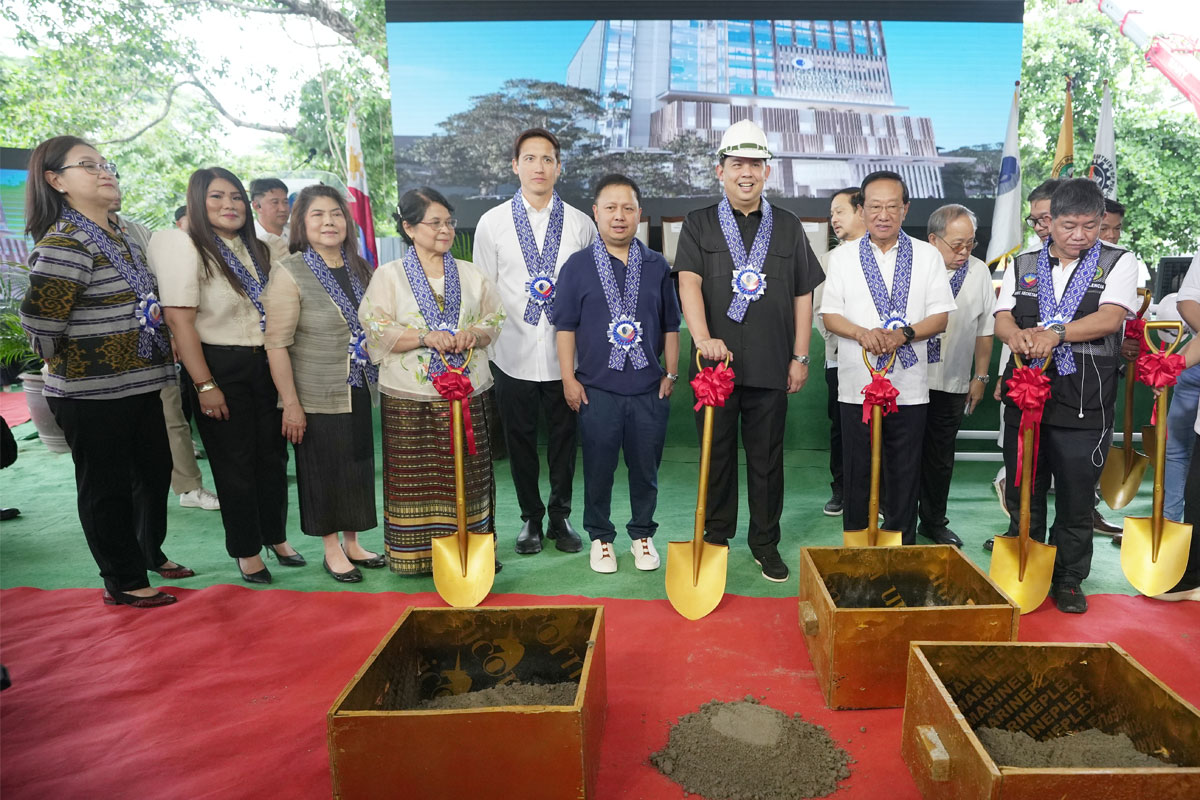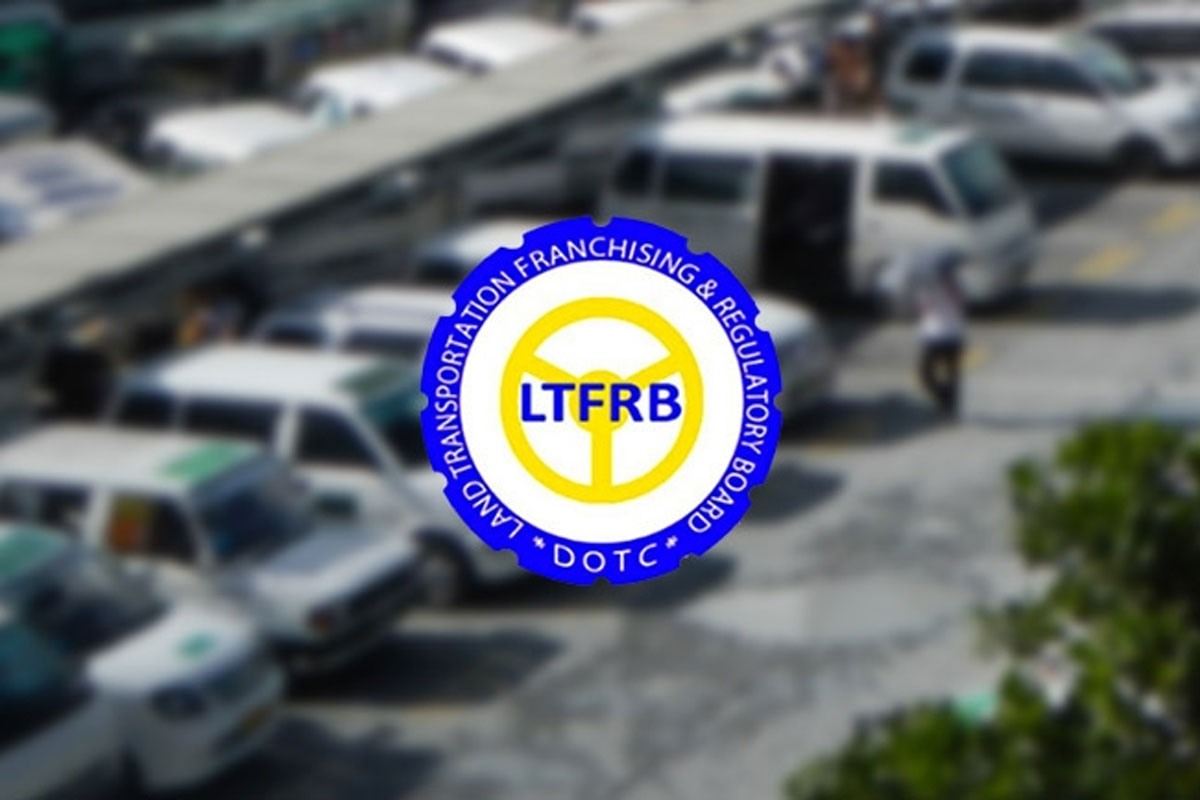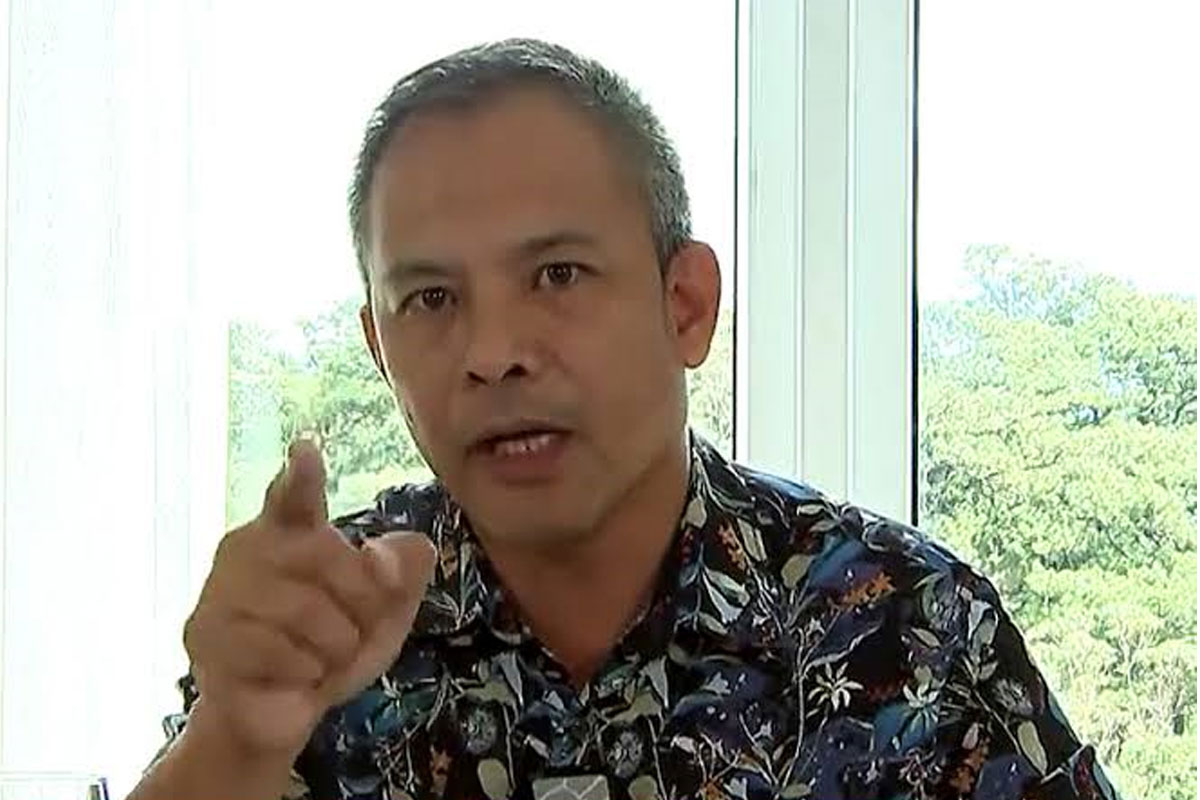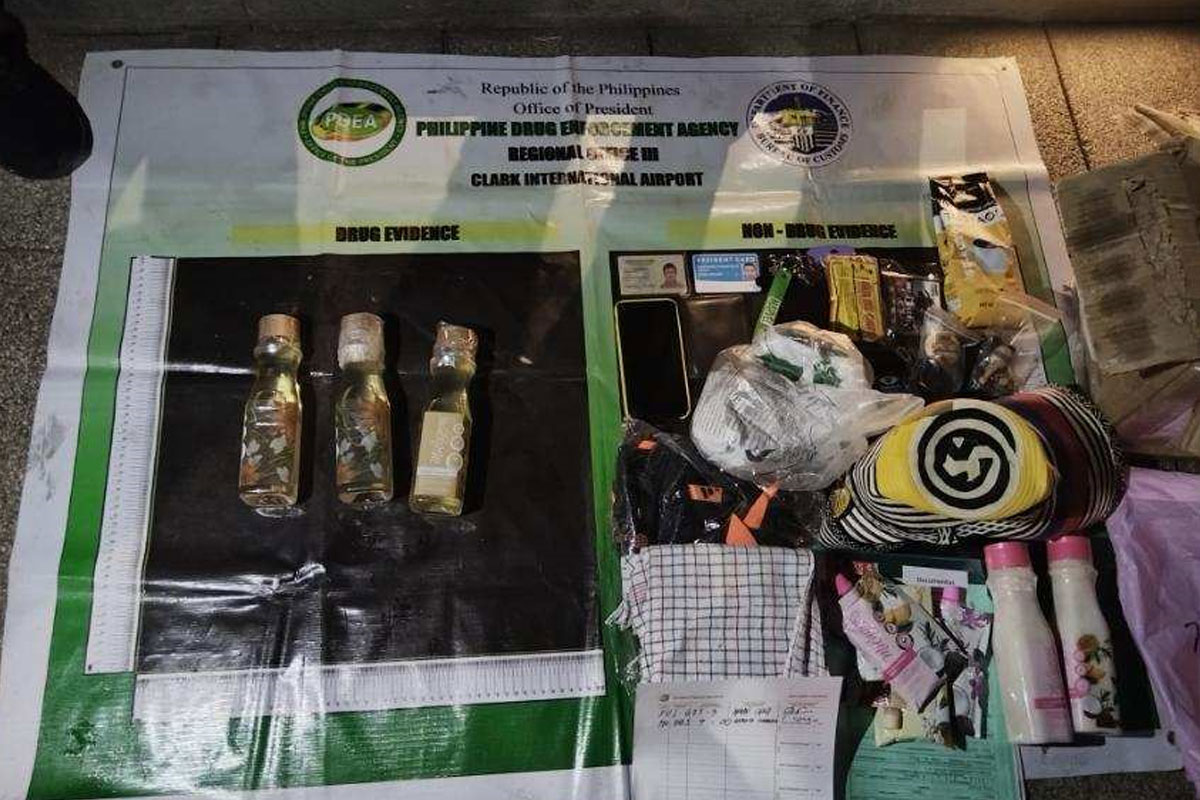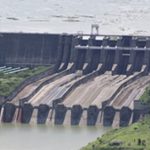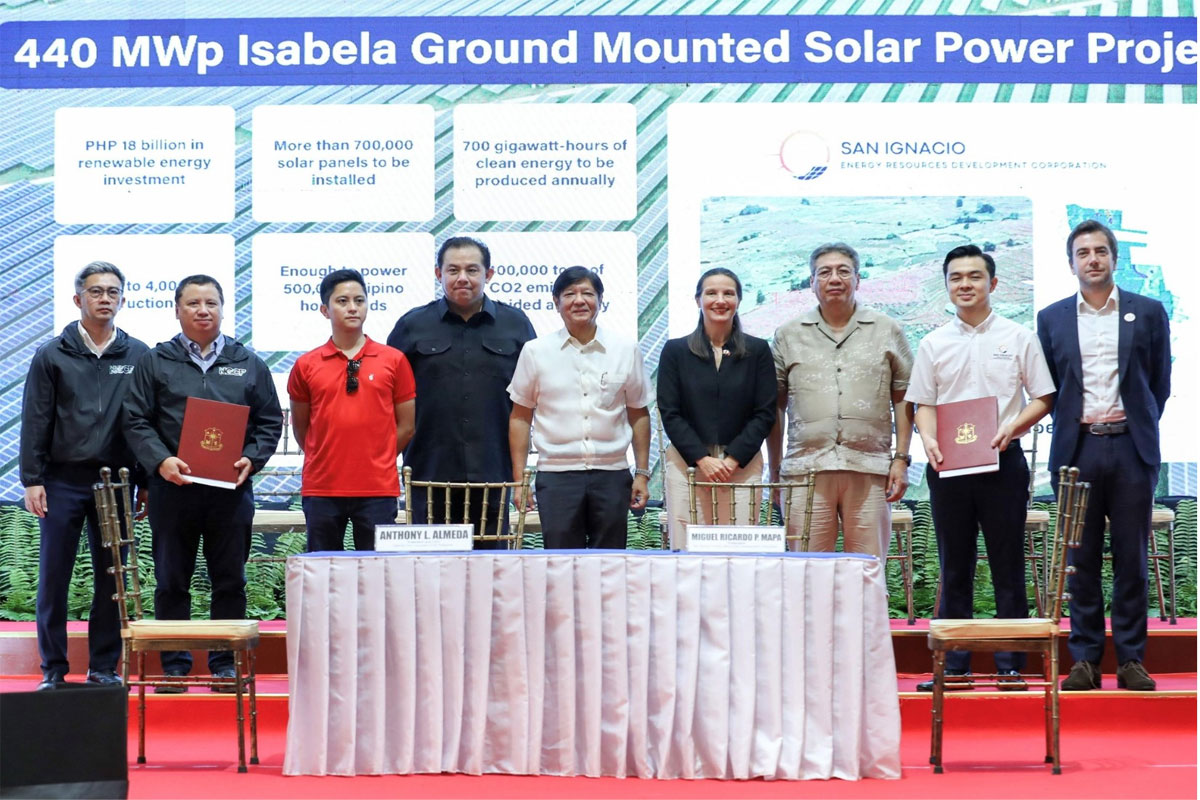
SOLAR POWER
SPEAKER Ferdinand Martin G. Romualdez led the distribution of 17 solar pumps that would help hundreds of farmers irrigate their farms in Isabela, one of the country’s major rice- and corn-producing provinces.
Romualdez accompanied President Ferdinand R. Marcos, Jr. In the inauguration of a big solar pump project in the same area.
They were joined by the officials of the National Irrigation Administration (NIA) and Isabela local government officials led by Gov. Rodito Albano.
According to Romualdez, irrigation is a major component of producing rice, corn and other agricultural products not only in Isabela but in other parts of the country as well.
“We have to help our farmers with irrigation and other farm inputs like fertilizer and seeds so they can increase their produce. They should aim to double it,” he said.
He stressed that in the case of rice and corn farmers relying on rainwater for irrigation, solar pumps should enable them to plant an extra crop.
“This means that they can have at least two crops a year. That’s double their harvest if they plant their crop only during the rainy days, which is really the case in farming areas that do not have irrigation,” he added.
The solar pumps were part of NIA’s project meant to expand the irrigated areas in the country pursuant to President Marcos Jr.’s vision to boost agricultural production, particularly of rice.
Romualdez pointed out that if farmers could double their produce with solar pumps, that would accelerate the fulfillment of the goal of President Ferdinand Marcos Jr. for the country to attain food self-sufficiency and security.
“That would also ease rice and food inflation, resulting in lower prices for the staple and other agricultural products for the benefit of all Filipinos,” he stressed.
He said he would propose more funding for solar-powered irrigation pumps in unirrigated farming communities when the House considers the annual national budget.
“That’s the only way we can bring irrigation to these areas,” he said.
According to NIA officials, the Cabaruan solar-powered pump irrigation project “was conceived as a response to the escalating challenges of water scarcity, energy costs and the need for environmental conservation.”
The project consists of a pumping station, 1,056 solar panels that can produce 739,000 watts of electricity, two units of submersible pumps with an output of 2,800 gallons per minute.
The project can irrigate 350 hectares of agricultural land. It will reduce the production cost of 237 farmers, who have been dependent on gasoline or diesel-run water pumps to irrigate their farms.
NIA has completed 17 such projects costing P180.2 million in several towns in Isabela, Quirino and Cagayan.


